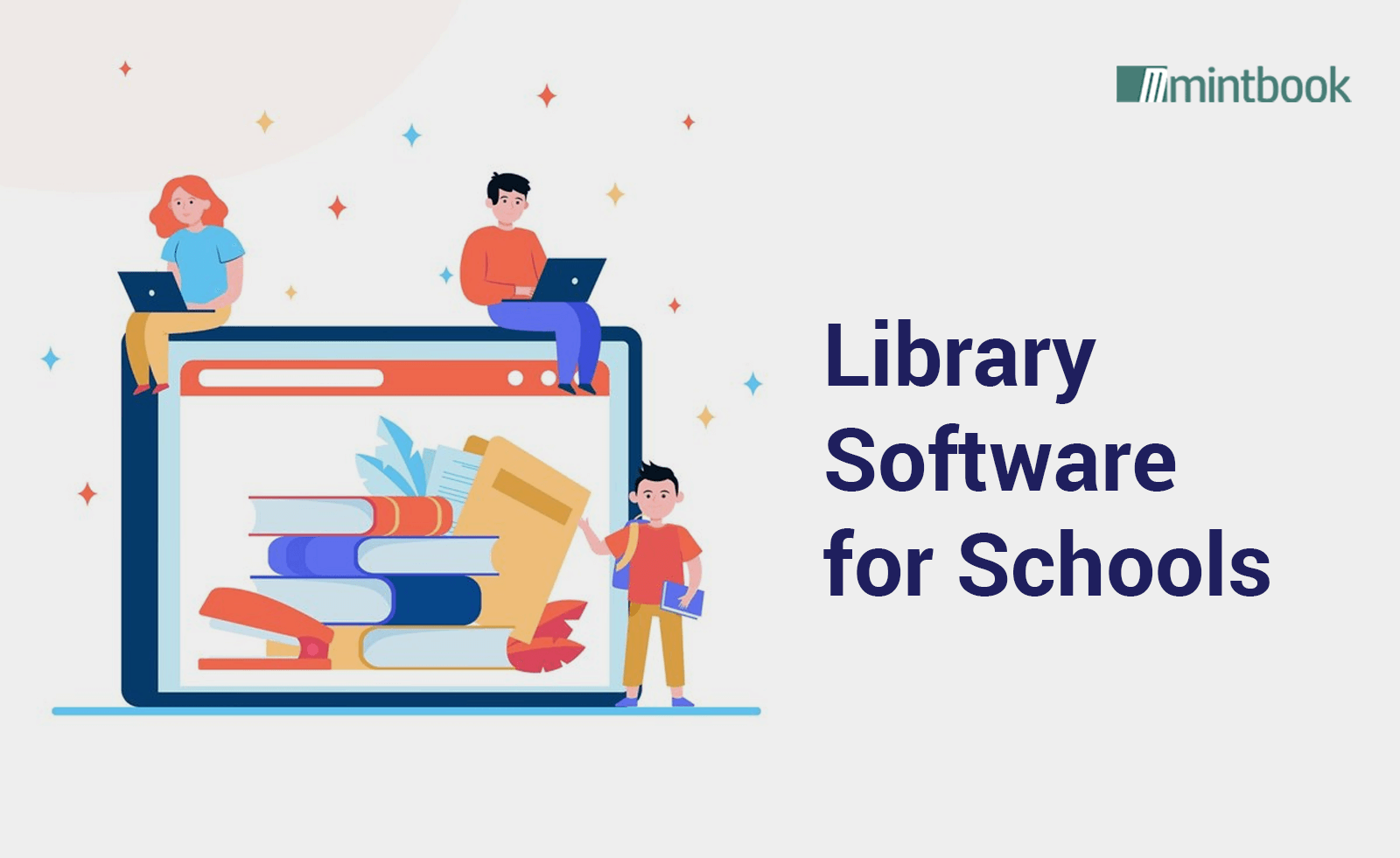In many countries, schools prohibit students from using cell phones for non-academic purposes. However, most of these students access smartphones regularly at home. In the United States of America, over 95% of teenage boys and girls have cell phone access at home. Likewise, over 95% of teens in the United Kingdom use smartphones for academic and non-academic purposes.
Access to smartphones has changed the way school students acquire knowledge. As highlighted by several studies, students spend most of their digital media time on videos. Also, they prefer audio and video content to textual content while understanding a topic. Hence, schools can no longer foster student engagement and improve student experiences by setting up conventional libraries.
They must enable new-generation students to access digital learning content in multiple formats using various devices and platforms. Library software for schools helps educational institutions deliver digital learning content in multiple formats. Also, students can access the multi-format content anytime and anywhere by accessing the software on computers or mobile devices.
We can understand the huge significance of digital library software for primary and high schools by discussing some of its prominent features and benefits.
10 Reasons Why Library Software Has Become Indispensable to Schools
-
Deliver Multi-Format Content
Library software for schools is designed as a repository of multi-format digital learning content. The software enables students to understand a topic in various ways – reading eBooks, watching videos, listening to audio, or taking quizzes. Hence, a student can acquire knowledge in his preferred way. At the same time, schools can foster learner engagement and knowledge retention by customizing the digital library software.
New-age library software for schools shares curated content with students. They gather relevant and insightful content from external sources using artificial intelligence (AI). In addition, they enable students to access thought leadership content shared by subject matter experts. The curated content helps students understand a topic deeply by accessing information and gaining insights.
-
Provide Up-to-Date Information
In the age of rapid technological changes, textbooks become outdated in a short amount of time. As textbooks are not revised and updated frequently, schools find it challenging to provide up-to-date information to students. Digital library software helps schools overcome this challenge by providing relevant and updated information on many topics. Also, they can use the search interface to gather additional information on a topic or subject.
-
Facilitate Learning Activities
As highlighted by several studies, school students use smartphones routine for learning activities. They use mobile devices while collecting information, conducting research, and collaborating with peers. Schools can facilitate students’ learning activities by implementing library software. The software will enable students to find relevant information by accessing content in various formats. In addition, the thought leadership content shared by the software will help students understand multiple perspectives and viewpoints.
-
Boost Self-Paced Learning
Many school students join online courses and certification programs to acquire knowledge at their own pace and convenience. Most schools support the trend by supporting online learning or distance learning. Digital libraries help schools boost self-paced learning by enabling students to access multi-format eLearning content anytime and anywhere. A school can further streamline online learning activities by combining the library software with a learning management system.
-
Optimize Virtual Classrooms
Many schools modernize education systems by combining conventional and virtual classrooms. They set up virtual classrooms by implementing online classroom software. The online classroom software enables instructors to explain concepts clearly using virtual whiteboards. Also, instructors can use the software to share and recommend eLearning content to students. A school can boost the virtual classrooms by integrating the online classroom software with library software.
-
Embrace Vernacular Learning
Many schools these days improve academic outcomes and students’ confidence by supporting vernacular learning. They can make vernacular learning successful only by delivering learning content to students in their native language. Leading library software for schools supports multiple languages. They enable students to access digital learning content in various languages and formats. Hence, it becomes easier for schools to support vernacular learning by overcoming content constraints.
-
Foster Student Engagement
No student can improve academic outcomes without keeping students engaged. Most schools these days foster student engagement by applying gamification techniques and principles. New-generation library software for schools facilitates learning experience gamification by providing built-in features. They keep students engaged and motivate them to study using gamification features like badges, virtual coins, and scorecards.
-
Promote Sustainability
Most schools these days protect the earth by conducting sustainability workshops. The sustainability workshops focus on making students live eco-friendly lifestyles and mitigate environmental degradation. However, no school can become sustainable by setting up conventional libraries and issuing paper-based books. Library software helps schools become sustainable by replacing paper books with multimedia content.
-
Curb Upfront and Ongoing Costs
A school can implement cloud-based library software without incurring infrastructural and staffing costs. The provider will configure, customize, and integrate the cloud-based software according to the precise needs of the school. Also, a school can enable students to access content without buying multiple copies of books and preserving old books. Hence, digital library software helps schools boost academic outcomes without increasing upfront and ongoing costs.
Conclusion
Many schools these days boost classroom-based and online education by implementing digital library software. However, digital library software for schools differs from each other in many aspects. For instance, cloud-based library software, unlike on-premise library software, can be configured, customized, and scaled according to the current needs of a school.
Also, schools can integrate the cloud-based library software effortlessly with eLearning solutions like learning management systems and online classroom software using application programming interfaces (APIs). The integration options enable schools to boost self-paced and instructor-led education by implementing unified learning platforms.

